1. “Things Go Better with Coke” – Coca-Cola
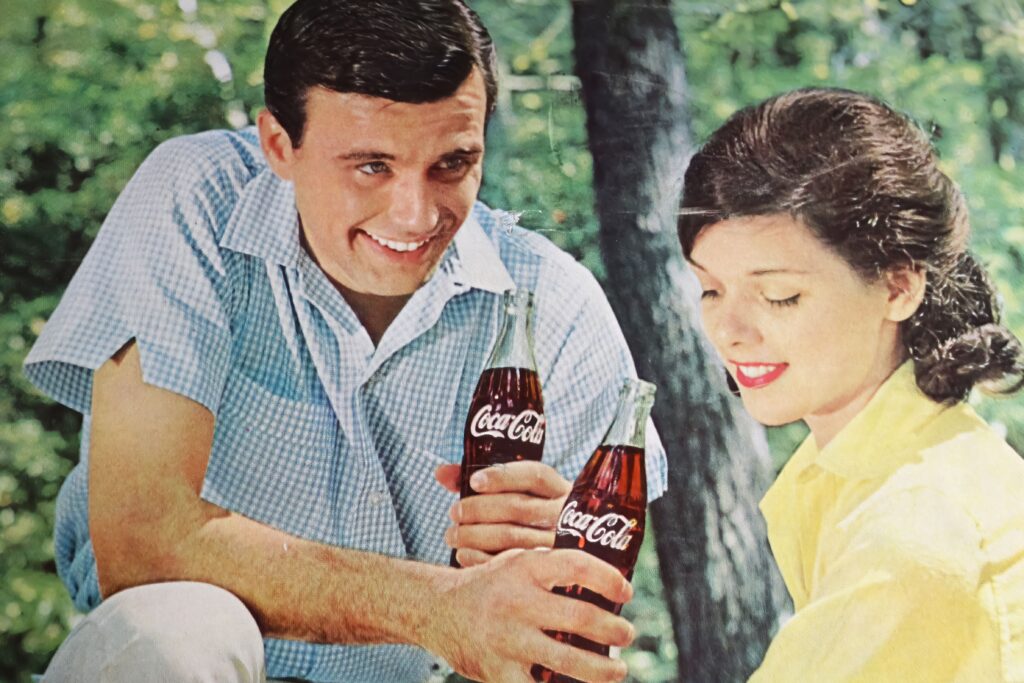
Coca-Cola has always been a master of advertising, and in the ’60s, they struck gold with this upbeat slogan. Launched in 1963, the phrase suggested that no matter what you were doing, it would be more enjoyable with a Coke in hand. It wasn’t just about the drink—it was about enhancing life’s moments. The campaign featured cheerful jingles, often sung by popular artists of the time. People couldn’t get the tune out of their heads, and soon, the slogan became a part of everyday language. Whether you were sharing a meal, spending time with friends, or just relaxing, Coca-Cola wanted to be part of the experience. It was simple, effective, and completely in line with the optimistic vibe of the ’60s.
The phrase had a way of weaving itself into culture, making it feel less like an ad and more like a universal truth. In an era of major social change, Coca-Cola positioned itself as a unifying force, something everyone could enjoy together. The company understood that soda wasn’t just a drink—it was a symbol of connection. The slogan resonated because it wasn’t about pushing a product aggressively; it was about making life sweeter. And honestly, in the turbulent ’60s, people were looking for anything that could make things feel a little better. Even today, the phrase still feels nostalgic, reminding people of a simpler time when a Coke and a smile really did seem to make the world a little brighter says The Street.
2. “You’ve Come a Long Way, Baby” – Virginia Slims
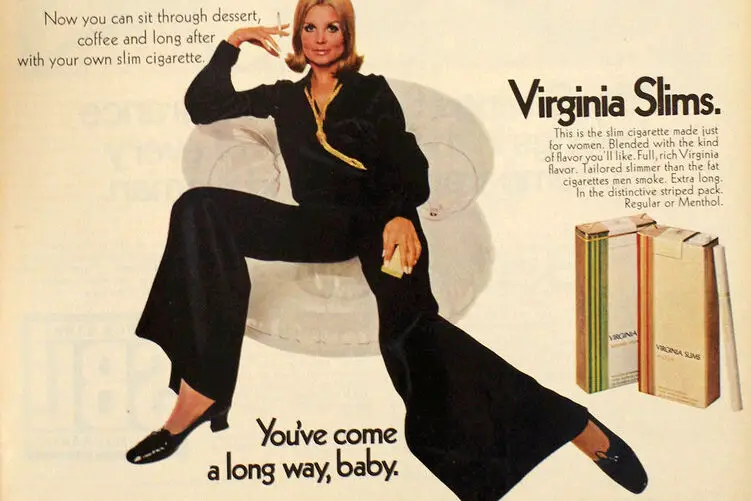
This slogan from Virginia Slims cigarettes wasn’t just about selling smokes—it became an anthem for women’s liberation. Launched in 1968, the phrase tapped into the growing feminist movement, acknowledging the progress women had made while implying there was still work to do. It was bold, catchy, and, at the time, incredibly empowering. Ads often featured images of women from the past—dressed in restrictive clothing, engaging in activities they were once denied—juxtaposed with modern women confidently enjoying a cigarette. It was marketing genius, though looking back, it’s ironic that a message of empowerment was tied to an unhealthy habit. Still, for many women in the ’60s, it felt like a sign of changing times. The feminist movement was gaining momentum, and the world was starting to listen. The phrase even took on a life of its own, used in conversations and media far beyond the brand itself says Voice of America English News.
Despite the problematic association with tobacco, the slogan remains one of the most recognizable of the era. It reflected a decade of social change and the shifting role of women in society. The ’60s were a time when gender roles were being challenged, and this phrase captured that perfectly. Women were pushing for workplace equality, reproductive rights, and the ability to define their own futures. Virginia Slims capitalized on this, though, in hindsight, it feels a bit like exploitation. But advertising in the ’60s was all about tapping into cultural movements, and this campaign did it better than most. Even today, the slogan is remembered as a relic of the feminist wave of the time. It’s proof of how powerful words can be, even when they’re used to sell something explains The Cancer Letter.
3. “Put a Tiger in Your Tank” – Esso
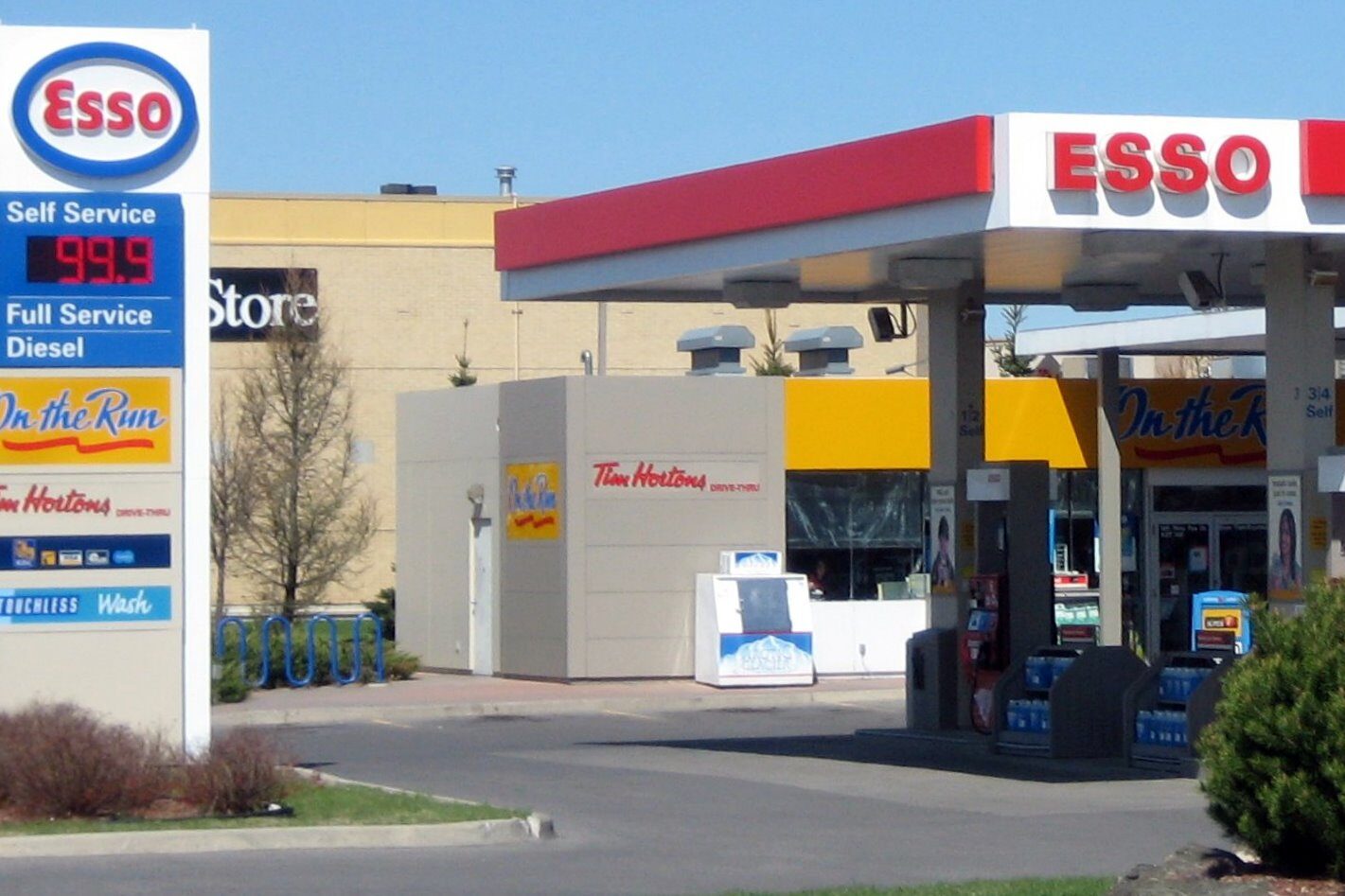
This energetic catchphrase from Esso, now ExxonMobil, hit the scene in the early ’60s and quickly became a cultural sensation. It was part of an advertising campaign to promote Esso’s high-energy gasoline, promising drivers a boost of power for their cars. The slogan was fun, catchy, and just quirky enough to stand out in a crowded market. The campaign featured images of a tiger, sometimes as a friendly cartoon and sometimes as a fierce, roaring beast. Gas stations even handed out tiger tail attachments that drivers could clip to their fuel caps, turning their cars into makeshift jungle cats. It was a brilliant move, blending fun with functionality. People loved the idea of having a little extra “tiger power” under the hood adds Campaign.
The phrase quickly took on a life of its own, becoming slang for anything that needed a little extra energy. Athletes used it, businesses borrowed it, and even parents jokingly told their kids to “put a tiger in their tank” when they were dragging their feet. It was the kind of slogan that stuck in people’s heads and made them smile. The ’60s were all about pushing limits—whether in space, technology, or personal ambition—and this phrase fit right in. Even today, some people remember the tiger tails and associate them with a time when advertising was playful and engaging. It was a reminder that marketing could be fun, and in the ’60s, fun was always in style.
4. “It’s the Real Thing” – Coca-Cola
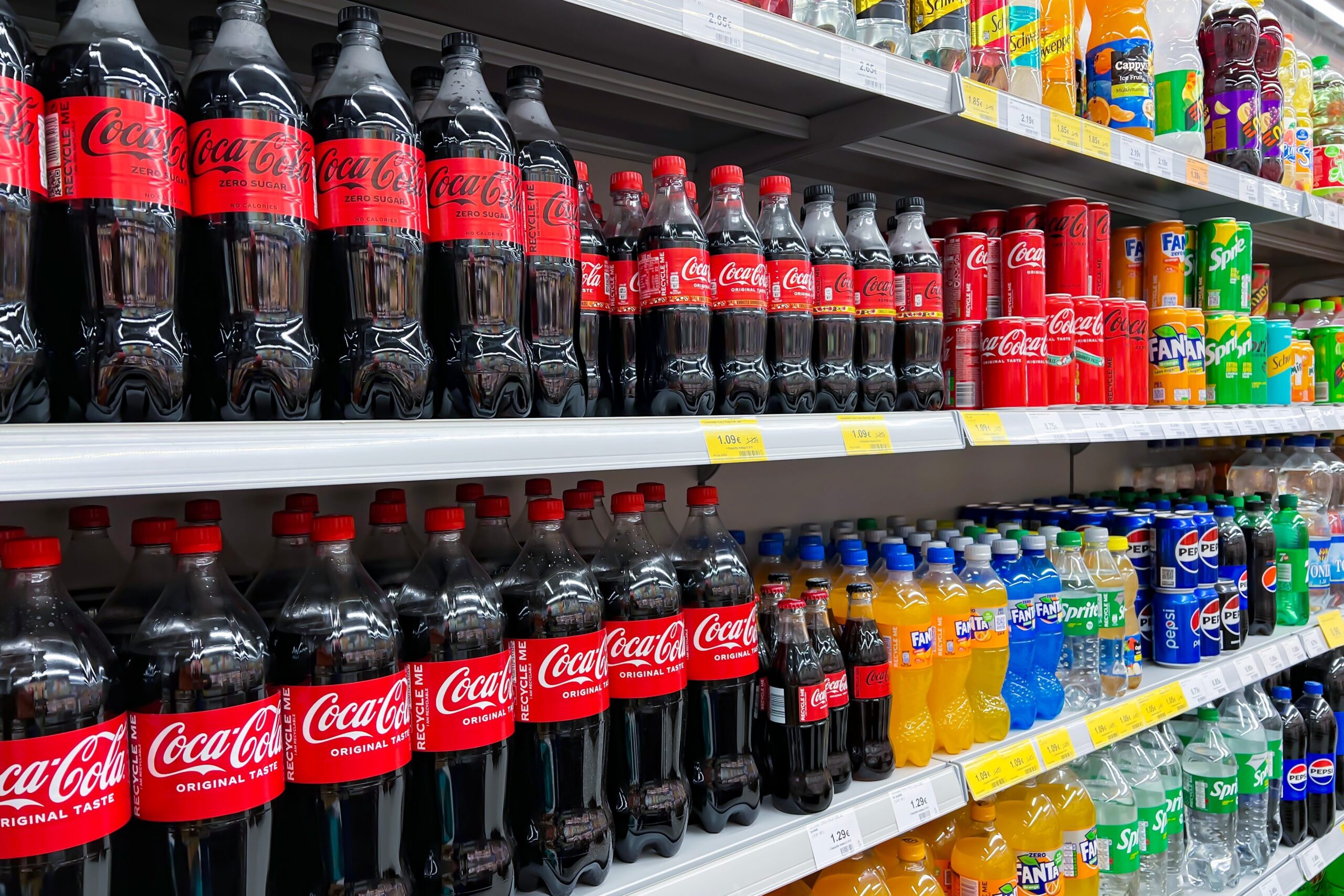
Coca-Cola had more than one hit slogan in the ’60s, and this one became an all-time classic. Introduced toward the end of the decade, it reinforced the idea that Coke wasn’t just another soft drink—it was the soft drink. The wording was simple but powerful, tapping into the era’s growing desire for authenticity. People were questioning authority, challenging societal norms, and looking for something real in a rapidly changing world. Coca-Cola positioned itself as the drink that stood the test of time, unchanged and reliable. It was a clever way to contrast itself with competitors who were constantly tweaking their formulas. The phrase resonated because, in a time of upheaval, people found comfort in things that felt genuine.
This slogan became even more famous in the early ’70s when it evolved into the “I’d Like to Buy the World a Coke” campaign. But its roots were in the ’60s, when people first started embracing it as more than just an ad. It became a catchphrase for people looking to affirm something as authentic. The counterculture movement was all about rejecting the fake and embracing the real, so this phrase fit right in. It was marketing brilliance, aligning a simple soda with something much deeper. Even now, “It’s the Real Thing” still carries a certain weight. It’s a reminder that sometimes, the simplest messages are the ones that last the longest.
5. “Have It Your Way” – Burger King
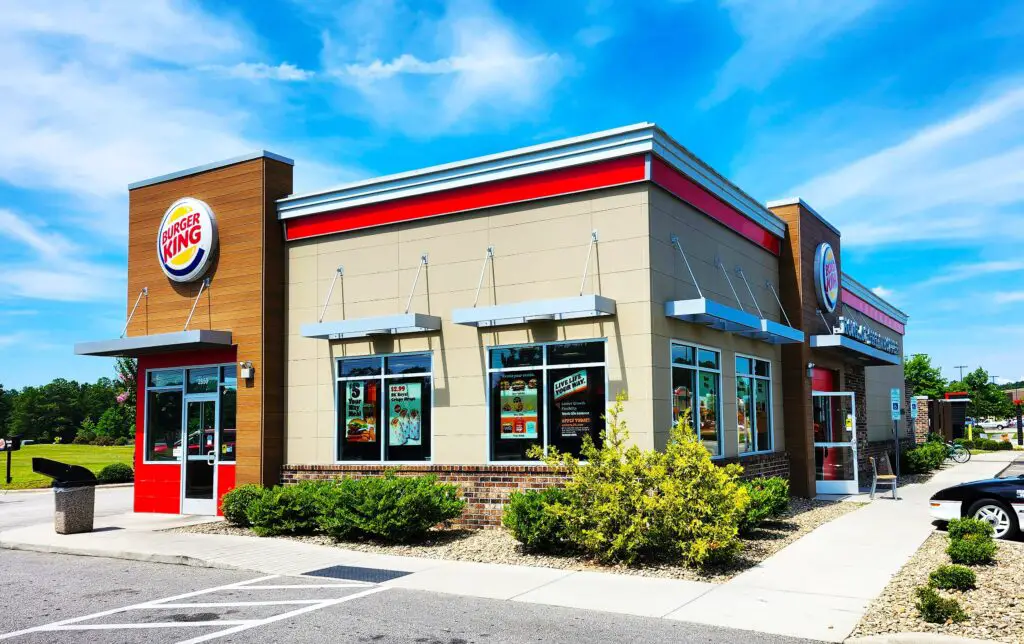
Burger King’s “Have It Your Way” revolutionized fast food advertising in 1974, though its roots were planted in the ’60s. This catchy slogan shifted the focus from the restaurant’s needs to the customer’s preferences. It promised that you could customize your burger exactly how you wanted, making it feel personal and unique. At a time when fast food chains like McDonald’s were offering a standardized menu, Burger King saw an opportunity to break away from the norm. The slogan encouraged individuality, a theme that resonated with the growing counterculture of the ’60s. It was bold, suggesting that you could have things your way in a world that seemed to demand conformity.
The “Have It Your Way” campaign was a success because it tapped into the desire for autonomy, a major theme of the ’60s. The phrase felt like an invitation to break free from societal constraints and express yourself, even in the simplest of ways. It also aligned with the changing attitudes around consumerism and choice. The slogan became more than just a marketing tool; it became a mantra for personal expression. While it’s no longer as widely used, “Have It Your Way” remains an iconic piece of fast food advertising. It embodied the spirit of the ’60s, a time when individuality and personal freedom were becoming increasingly important. Even now, it’s a reminder of a time when consumers demanded more control over their choices, even at the drive-thru.
6. “When You’ve Got It, Flaunt It” – Oldsmobile
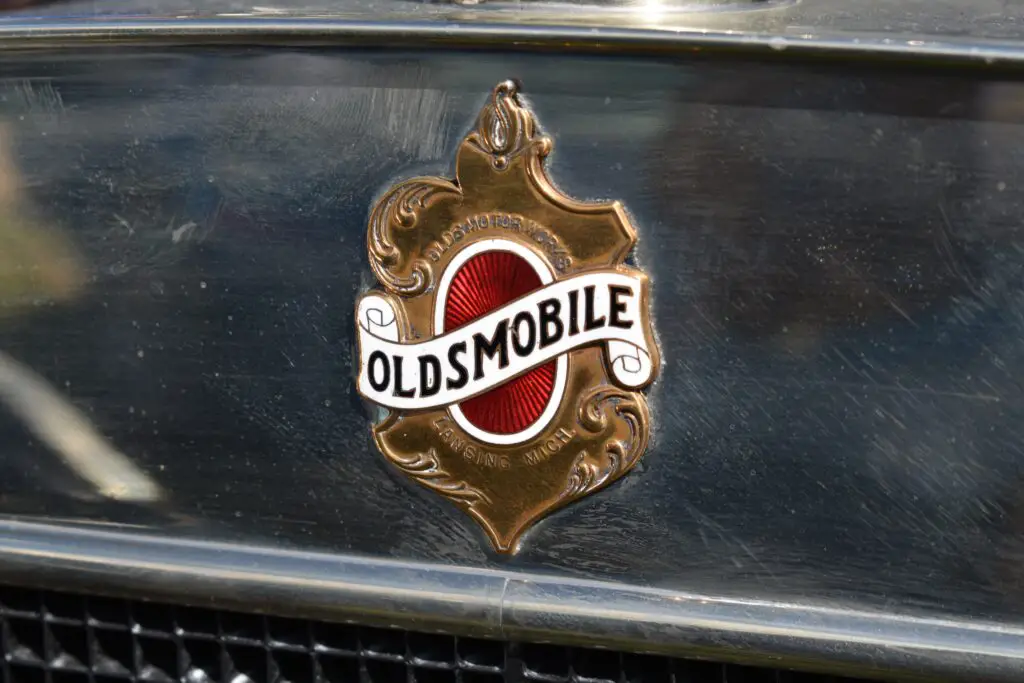
Oldsmobile’s 1960 slogan “When You’ve Got It, Flaunt It” was all about celebrating success and luxury. Aimed at the emerging middle class, it encouraged people to embrace their new-found wealth and flaunt their status with an Oldsmobile. The slogan was part of a larger marketing strategy that positioned the car as a symbol of achievement. The ’60s were a time when prosperity was rising, and people were eager to show off their success. The message was clear: If you could afford an Oldsmobile, you should be proud of it and let everyone know. The slogan captured the opulence and confidence that many Americans were feeling in the post-war era.
For some, the message seemed a bit materialistic, but it also tapped into a very real desire for recognition. The ’60s saw an explosion in consumer goods, and cars like Oldsmobile were seen as milestones of personal accomplishment. The phrase “When You’ve Got It, Flaunt It” became synonymous with showing off one’s success and enjoying the fruits of hard work. Ads during the campaign often featured people confidently driving their Oldsmobiles, emphasizing the prestige that came with owning one. The slogan made it clear: driving an Oldsmobile was a way to declare that you had made it in life. It was a celebration of individual success, and in the culture of the ’60s, that was something to flaunt.
7. “The Pause That Refreshes” – Coca-Cola
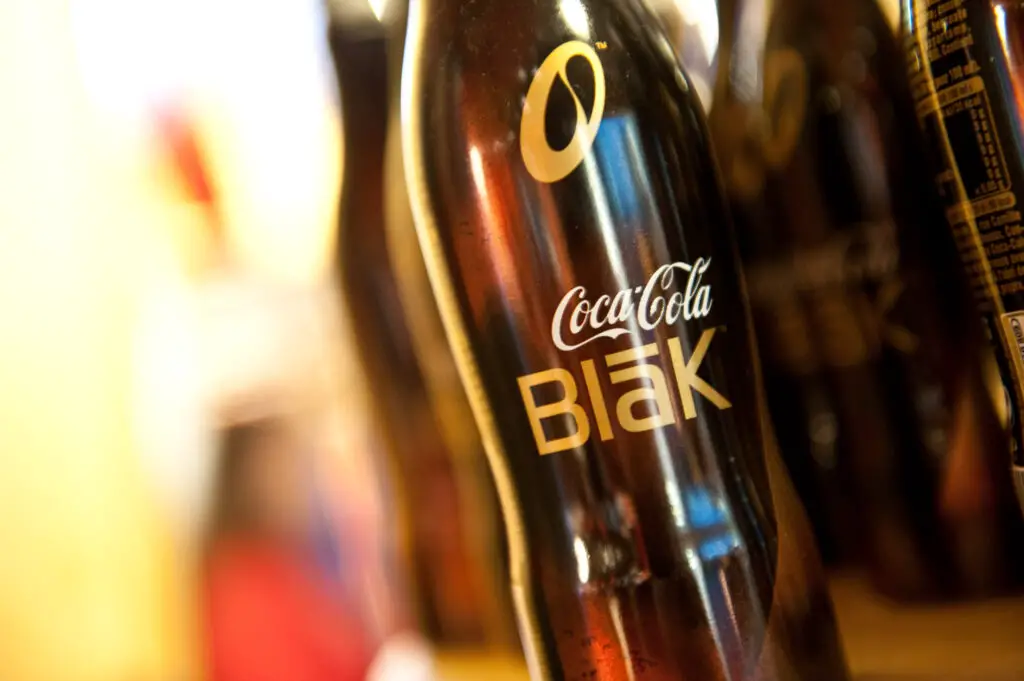
Coca-Cola’s famous slogan “The Pause That Refreshes” first appeared in the 1920s, but its resurgence in the ’60s helped solidify its place in advertising history. By the time the ’60s rolled around, Coca-Cola was a household name, and this slogan became an iconic part of their identity. The phrase was all about the experience of taking a break and enjoying a Coke to recharge. It aligned perfectly with the idea of slowing down amidst the hustle and bustle of modern life. In an age of rapid industrialization and rising consumerism, this simple act of pausing for refreshment felt like a necessary escape.
The slogan also evoked a sense of relaxation and enjoyment, qualities that were highly sought after in the fast-paced ’60s. The Coke bottle itself became a symbol of a brief respite from daily stresses. The campaign’s effectiveness was rooted in its ability to make a soft drink feel like an essential part of taking a break—something to enjoy and savor. Coca-Cola’s success with this slogan was also about tapping into the cultural zeitgeist. People in the ’60s were looking for ways to unwind, whether it was through music, vacations, or, of course, a refreshing drink. It became more than just an ad; it became a part of American culture.
8. “Fly the Friendly Skies of United” – United Airlines
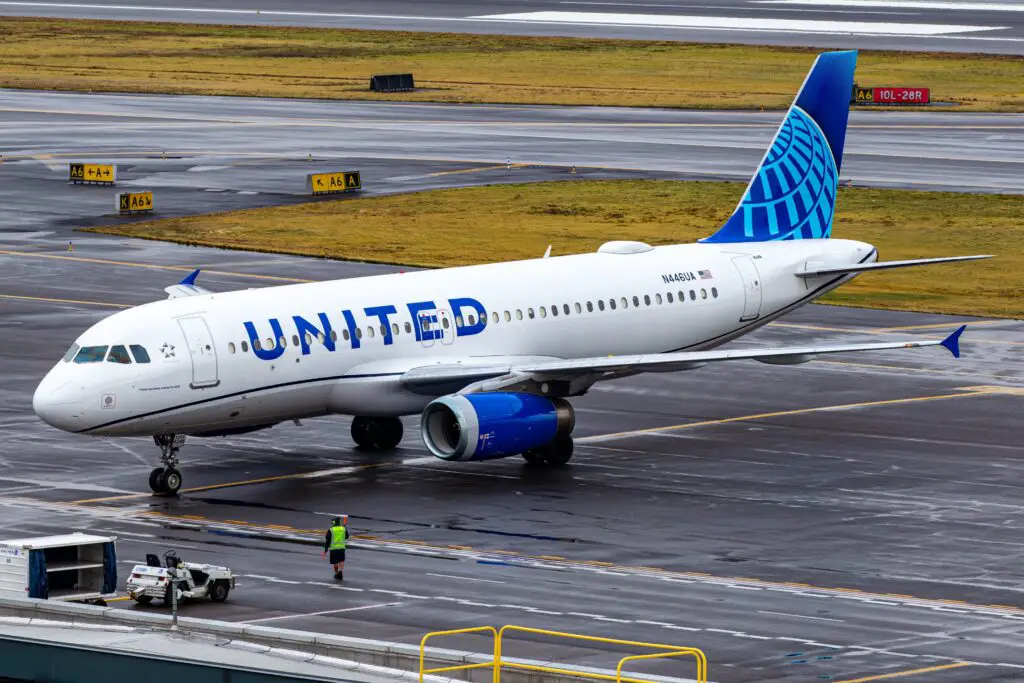
United Airlines’ iconic slogan, “Fly the Friendly Skies,” became synonymous with air travel in the ’60s, a time when flying was becoming more accessible to the average American. At the time, air travel was still a luxury for many, and United sought to differentiate itself by promoting the experience as not just a flight, but an adventure. The slogan promised a warm, welcoming atmosphere onboard, with friendly service and smooth skies. It tapped into a growing sense of optimism and excitement about the future.
The phrase helped United Airlines establish a reputation for exceptional customer service at a time when the airline industry was becoming more competitive. It was a nod to the postwar boom when air travel was expanding rapidly, and it offered passengers more than just transportation—it promised an experience. As people’s expectations for comfort and quality in air travel grew, this slogan positioned United as the airline to choose for a pleasant, hassle-free journey. It also encapsulated the sense of progress in the ’60s, a decade known for its technological innovations and dream of endless possibilities. Flying was no longer just a means to get from one place to another—it was an experience to enjoy.
9. “Betcha Can’t Eat Just One” – Lay’s
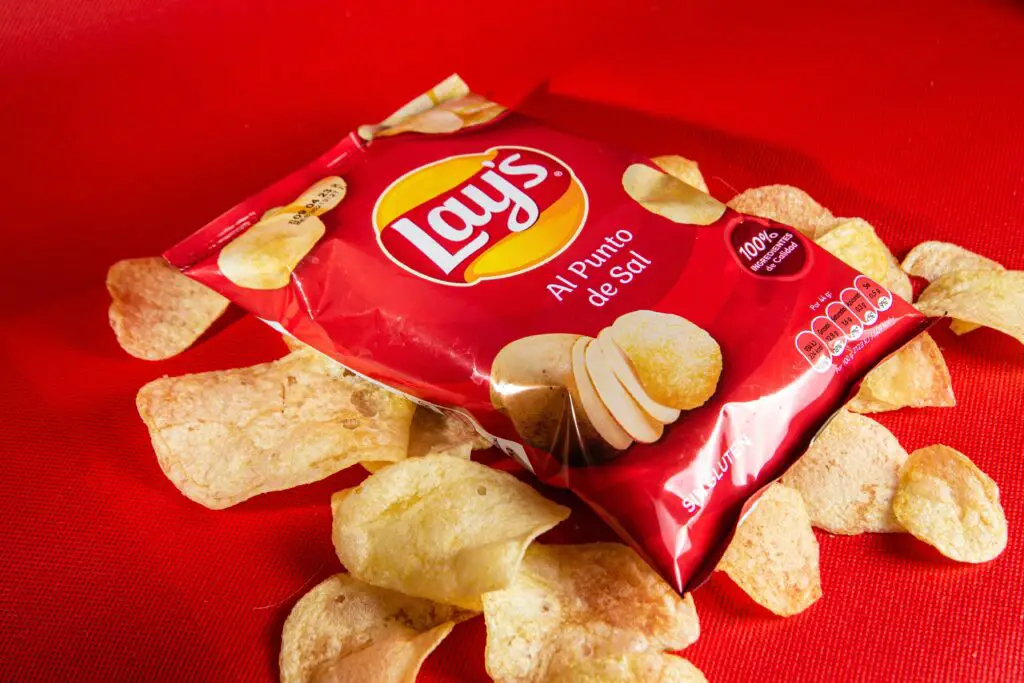
Lay’s potato chips nailed it in 1963 with their iconic slogan, “Betcha Can’t Eat Just One.” This clever phrase encapsulated the irresistible quality of their chips, turning snack time into a challenge. The idea was simple: once you popped a Lay’s chip into your mouth, you wouldn’t be able to stop at just one. The slogan became a playful challenge that made people feel like they were part of an inside joke. It was relatable, fun, and hit on the universal experience of snacking.
In the ’60s, television ads for Lay’s became famous for showing people trying—and failing—to stop eating after one chip. The slogan was perfect for an era of growing consumerism, when marketing was all about tapping into personal desires and experiences. It worked because it was funny, clever, and spoke to something everyone could relate to. The phrase caught on, and soon it was used in casual conversation as people joked about their inability to stop eating their favorite snacks. Lay’s had created more than just a slogan—they’d created a cultural moment that would last for decades. The phrase still evokes the same playful spirit today, proving that sometimes the simplest ideas are the most enduring.
10. “We Try Harder” – Avis
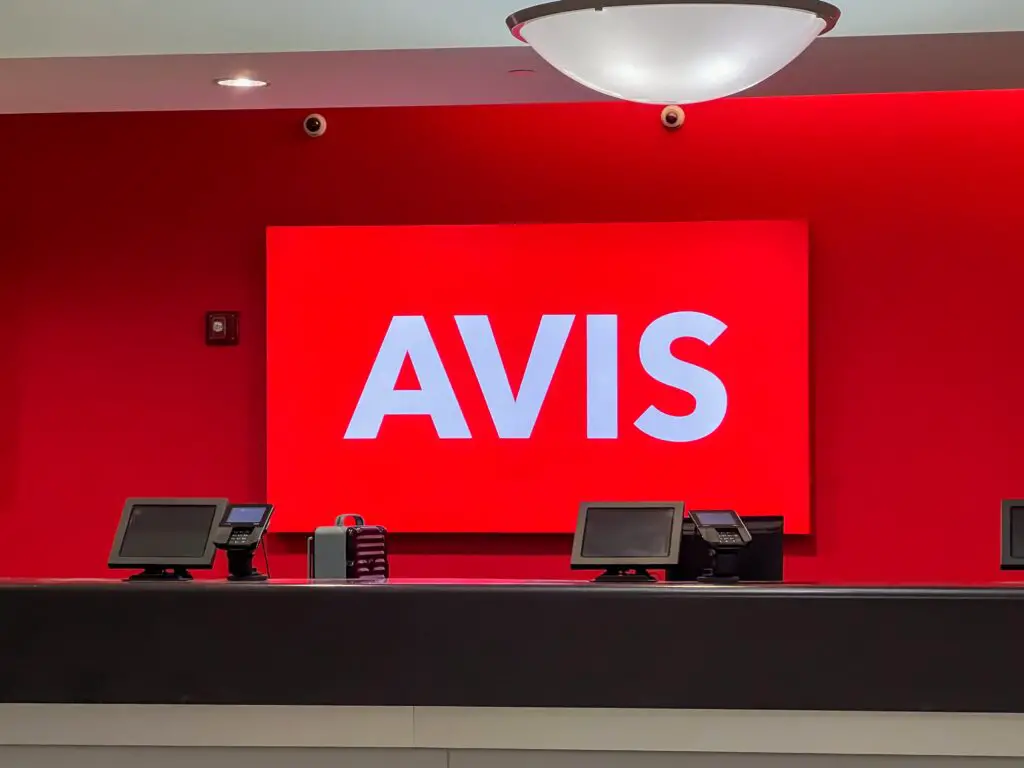
Avis was known for being the underdog in the rental car industry, and in 1962, they embraced their position with the slogan “We Try Harder.” The phrase acknowledged that Avis wasn’t the biggest or most well-known company in the business, but it made a bold promise to work harder than the competition. The honesty and humility of the slogan resonated with consumers, especially in a time when people were becoming more critical of corporate America. Avis made it clear that they weren’t going to rest on their laurels—they were going to earn their customers’ loyalty by providing better service.
The slogan was also an early example of marketing that capitalized on a company’s perceived weaknesses. Avis didn’t try to pretend they were the biggest or most glamorous option in the car rental market. Instead, they leaned into their position as the underdog, creating a relatable and humanized brand. This message connected with consumers who appreciated the idea of hard work and determination, especially in the context of the American Dream. The slogan became a hallmark of Avis’s identity and continued to resonate throughout the 1960s and beyond. It stood as a reminder that you didn’t have to be the best to succeed, just the most dedicated. By emphasizing effort and customer satisfaction, Avis built a loyal customer base that appreciated the extra care the company gave. Even today, the phrase remains iconic for its straightforward message: that success isn’t just about being the biggest; it’s about trying harder than anyone else.
11. “Think Small” – Volkswagen
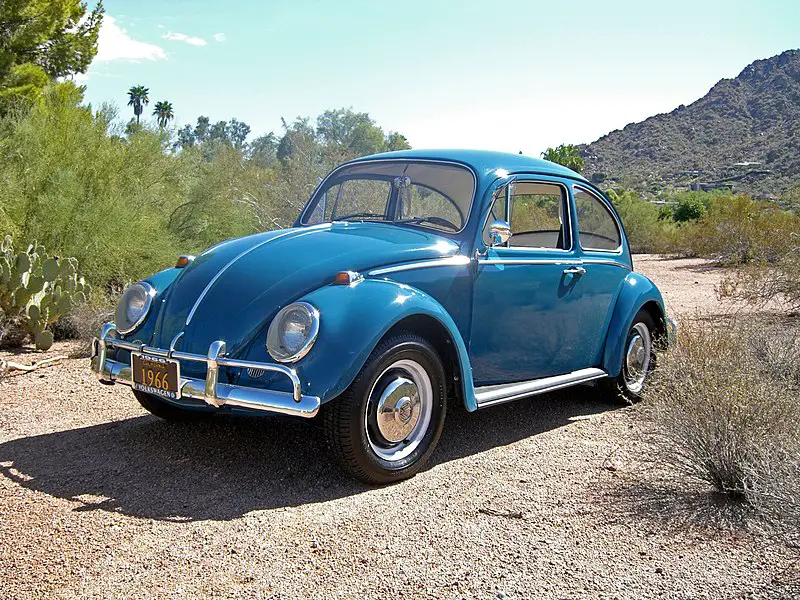
Volkswagen’s “Think Small” campaign, launched in the early ’60s, is still considered one of the most successful advertising campaigns in history. In a time when bigger was often seen as better, Volkswagen flipped the script by promoting their small, compact cars as the sensible choice. The message was simple: why go big when you could go small and save money, gas, and time? The “Think Small” slogan turned the idea of having a small car into a cool, countercultural statement. It was the perfect marketing strategy in the midst of the ’60s, when people were starting to rebel against mainstream ideals of excess.
The slogan was bold, especially in an era when Americans were obsessed with large cars and big engines. Volkswagen understood that in the face of this societal norm, being small was actually a virtue. The campaign also featured minimalist ads that contrasted sharply with the over-the-top, flashy advertisements of the time. It was clever and refreshing, appealing to the growing sentiment of rejecting excess and embracing practicality. The “Think Small” campaign wasn’t just about selling cars—it was about starting a conversation about consumerism, status, and personal choice. Even today, the phrase remains synonymous with Volkswagen’s identity as a quirky and thoughtful brand. The campaign was a testament to the power of simplicity and honesty in advertising.
12. “The Ultimate Driving Machine” – BMW
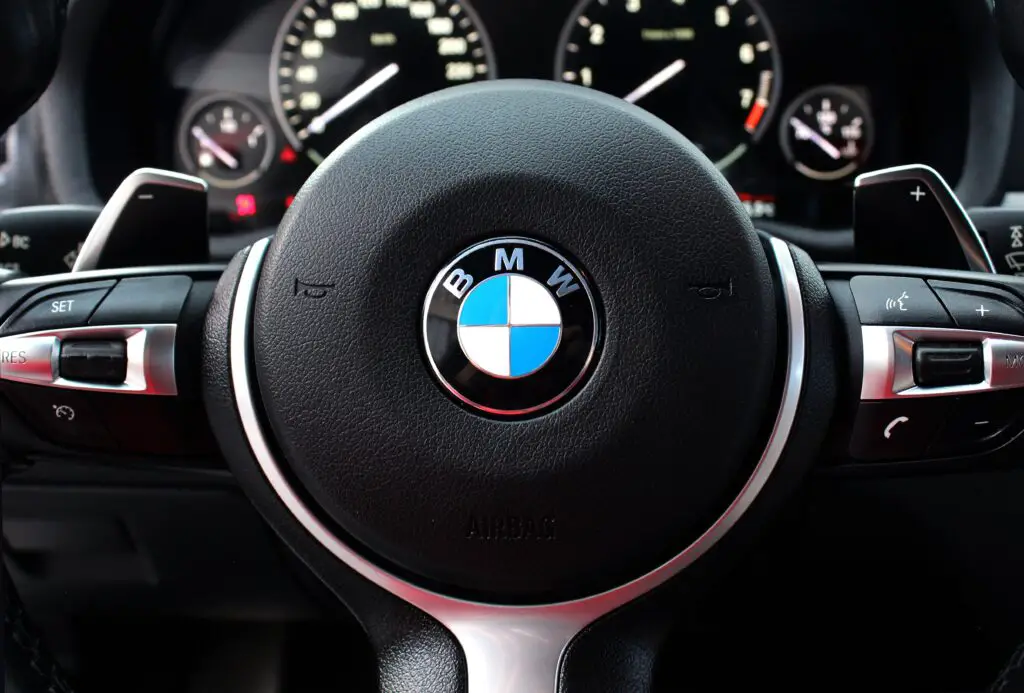
BMW’s “The Ultimate Driving Machine” slogan debuted in 1975, but its roots can be traced back to the brand’s image-building efforts in the late ’60s. By positioning their cars as the epitome of performance and precision engineering, BMW appealed to those who were looking for more than just transportation—they wanted an experience. The slogan encapsulated a growing desire for luxury and performance in the automotive world. In the ’60s, as sports cars and high-end vehicles gained popularity, BMW found a way to tap into that market with a promise of unparalleled quality and craftsmanship.
This catchphrase spoke directly to the rising interest in personal satisfaction and luxury, aligning perfectly with the aspirations of the time. As more Americans achieved economic success, many were eager to invest in high-end products, and BMW capitalized on that. The phrase evoked the idea of driving not just as a way to get from point A to point B, but as an experience that should feel special. It was aspirational, luxurious, and aligned with the cultural shifts of the ’60s. Even today, the slogan remains one of the most powerful and enduring in the automotive industry, as BMW continues to be associated with performance, luxury, and prestige. It’s a perfect example of how advertising can evolve while still holding on to core values.
13. “Mmm… Mmm… Good!” – Campbell’s Soup
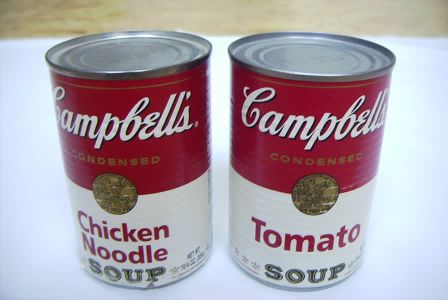
You’ve probably heard this one at least once in your life. Campbell’s Soup introduced this iconic slogan in the ’60s, and it stuck around for a reason. It was simple, catchy, and packed with all the comfort of a home-cooked meal. With just two words, Campbell’s conveyed a message that their soup was not just tasty but the kind of food that made you feel good inside. The slogan made Campbell’s synonymous with warmth and comfort, turning a simple meal into a moment of joy.
It became a staple in American households, with families trusting Campbell’s to provide them with the satisfying meals they needed. The clever use of repetition in the slogan made it stick in people’s minds, making it feel like a truth that everyone could agree with. In a decade where convenience was becoming increasingly important, this slogan made Campbell’s Soup feel like the ultimate easy comfort food. Even now, it evokes that nostalgic feeling of sitting down to a warm bowl after a long day.
14. “Reach Out, Reach Out and Touch Someone” – AT&T
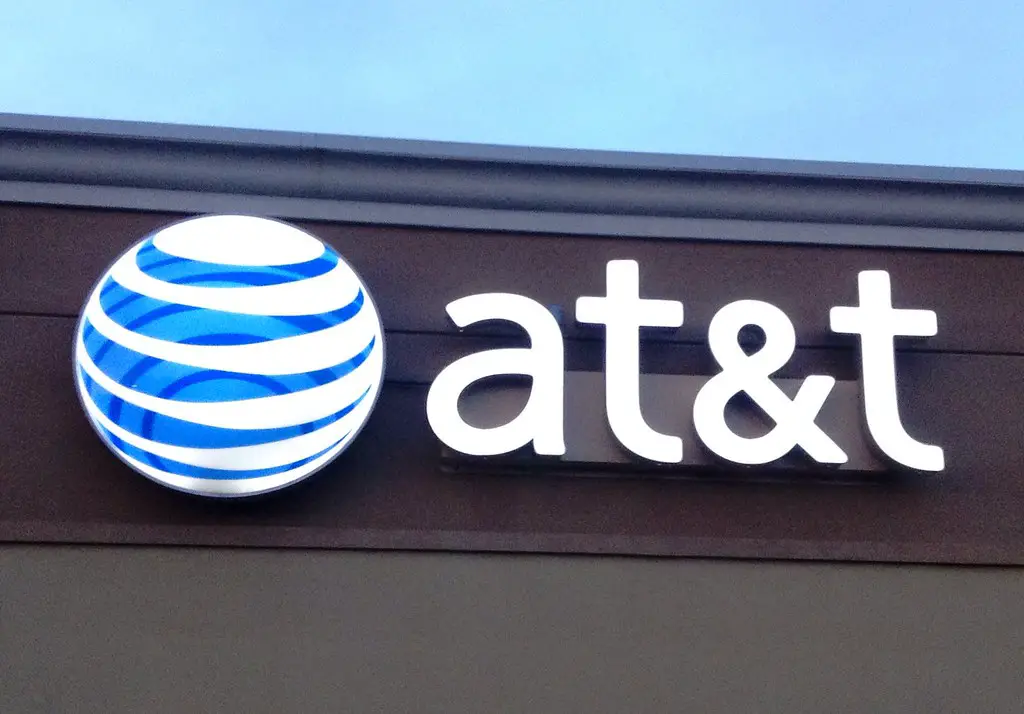
This 1968 slogan from AT&T tapped into something universal—the need to connect with loved ones. Long-distance calls were still a luxury back then, and AT&T cleverly used this slogan to make people feel that calling someone wasn’t just about connecting—they were touching their hearts. The phrase encouraged people to reach out, not just to communicate, but to create meaningful connections, which was something many people longed for in an increasingly busy world.
The slogan felt personal and inviting, making AT&T’s service seem more like a tool for emotional connection than a utility. It became more than just an ad—it was a gentle reminder that we all need to stay close to the ones we care about. The phrase stuck, becoming part of the fabric of 1960s advertising, and for many, it still represents the warmth of communication. In the years that followed, it helped AT&T stand out as the company that valued personal relationships.
15. “Cleans Your Clothes, Cleans Your Life” – Tide
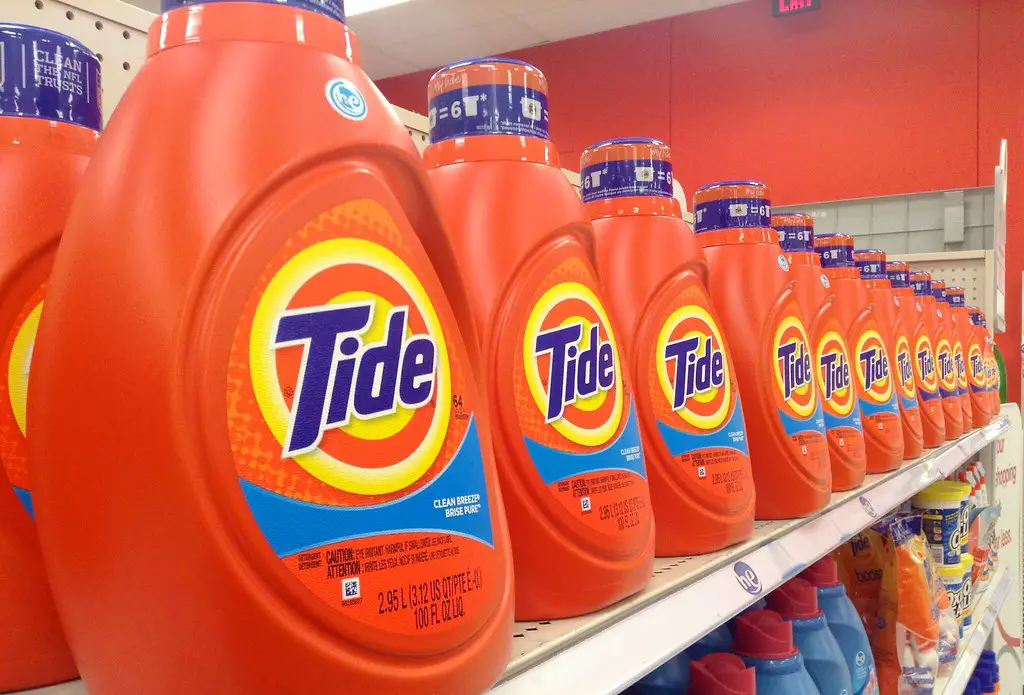
Tide’s 1960s slogan did more than sell laundry detergent—it sold an ideal. It promised that using Tide wasn’t just about getting your clothes clean, but it was about making your whole life feel more organized and fresh. With this simple message, Tide tapped into the growing desire for convenience and efficiency in the home, especially in the post-war era when people were looking for ways to simplify their busy lives.
This slogan became part of the cultural fabric, emphasizing that cleanliness wasn’t just for your clothes but also for your mind and environment. It aligned with the ’60s’ growing focus on improving daily living with the latest gadgets and products. For many, this wasn’t just about washing clothes—it was about creating a more streamlined, well-kept life. It resonated with families eager to embrace new products that promised to make their lives easier and better.
16. “I Can’t Believe I Ate the Whole Thing” – Alka-Seltzer
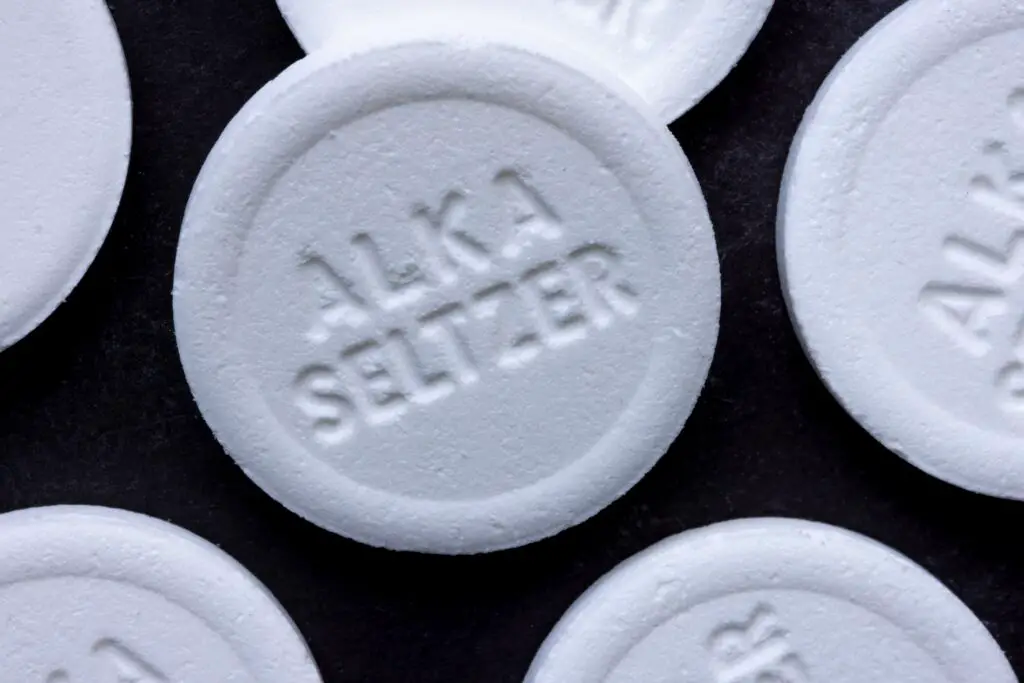
This humorous Alka-Seltzer slogan from the late ’60s became one of the most memorable phrases in advertising. The idea was simple: Alka-Seltzer was the solution for those who overindulged—whether it was too much food or a little too much partying. The slogan turned an uncomfortable situation into a funny, relatable moment, making it something everyone could connect with. It wasn’t just about the product; it was about the experience of overeating and needing relief.
The ads showed people who ate way more than they should have, all ending with that now-famous line, “I can’t believe I ate the whole thing.” The humor in this campaign made it an instant hit, and the phrase became a cultural touchstone. It was funny, relatable, and somehow made people feel less guilty about overindulging. Even today, the line still makes us laugh, reminding us that sometimes, the best ads are the ones that make us smile.
17. “Have It Your Way” – Burger King
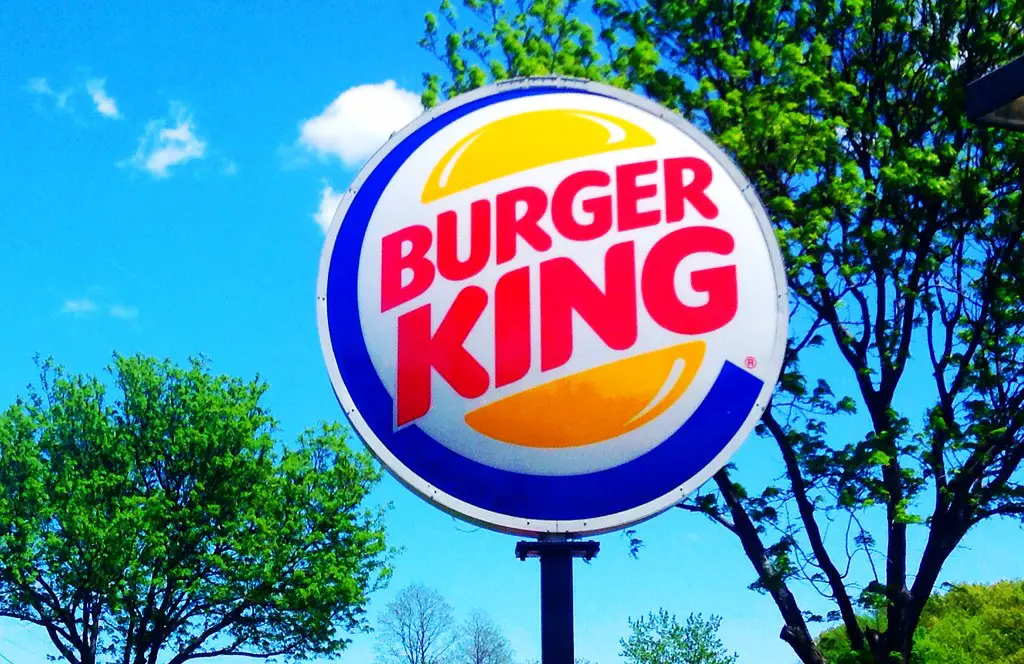
Burger King’s “Have It Your Way” slogan completely changed the way fast food was advertised in the ’60s. Unlike McDonald’s, which offered a standardized menu, Burger King promised customers the freedom to customize their burgers exactly how they wanted. The slogan was a game-changer because it put the power back in the hands of the consumer, offering them control over their meal choices.
This slogan was the perfect reflection of the ’60s’ growing focus on individuality and personal choice. The idea of having a meal “your way” resonated with a generation that was pushing back against conformity. It also hinted at a desire for self-expression, even in something as simple as a burger order. The campaign was a success, and “Have It Your Way” became an enduring symbol of personal freedom in the fast food world.
18. “Breakfast of Champions” – Wheaties
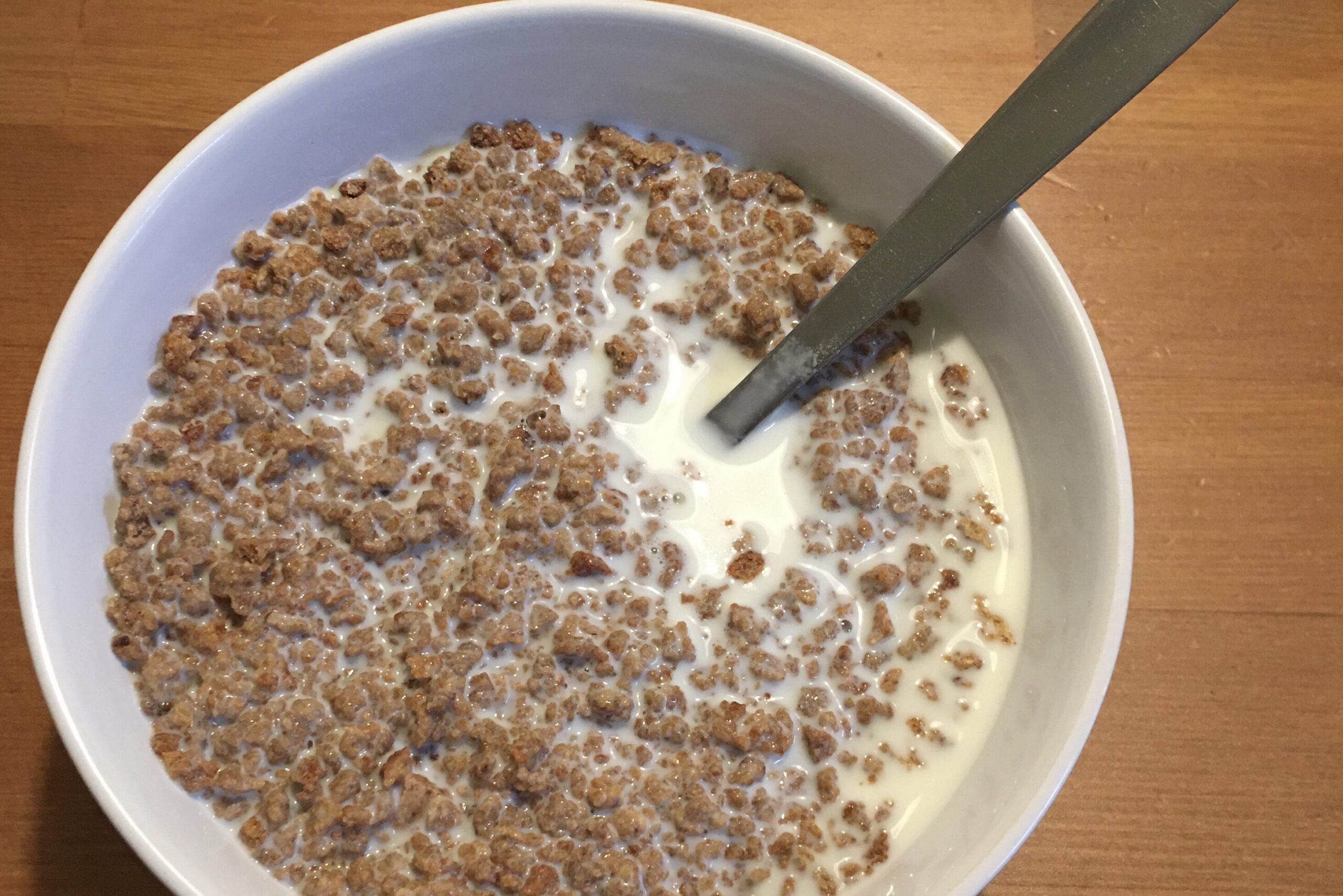
Wheaties had been using this slogan since the ’40s, but it really gained traction in the ’60s as athletes like Wilt Chamberlain and Jim Brown appeared on the box. The slogan wasn’t just about cereal—it was about associating Wheaties with strength, athleticism, and success. It was a bold statement, one that suggested eating Wheaties wasn’t just a nutritious start to the day—it was a way to fuel your body like a champion.
For kids, this slogan made breakfast feel like more than just a meal—it was a part of becoming a winner. By associating their cereal with top athletes, Wheaties tapped into the cultural obsession with sports and success. It made the product feel like a secret weapon for success, and it became a symbol of personal achievement for many. Even today, the phrase still brings up images of athletes and champions, reminding us of the power of starting the day right.
19. “Just Do It” – Nike
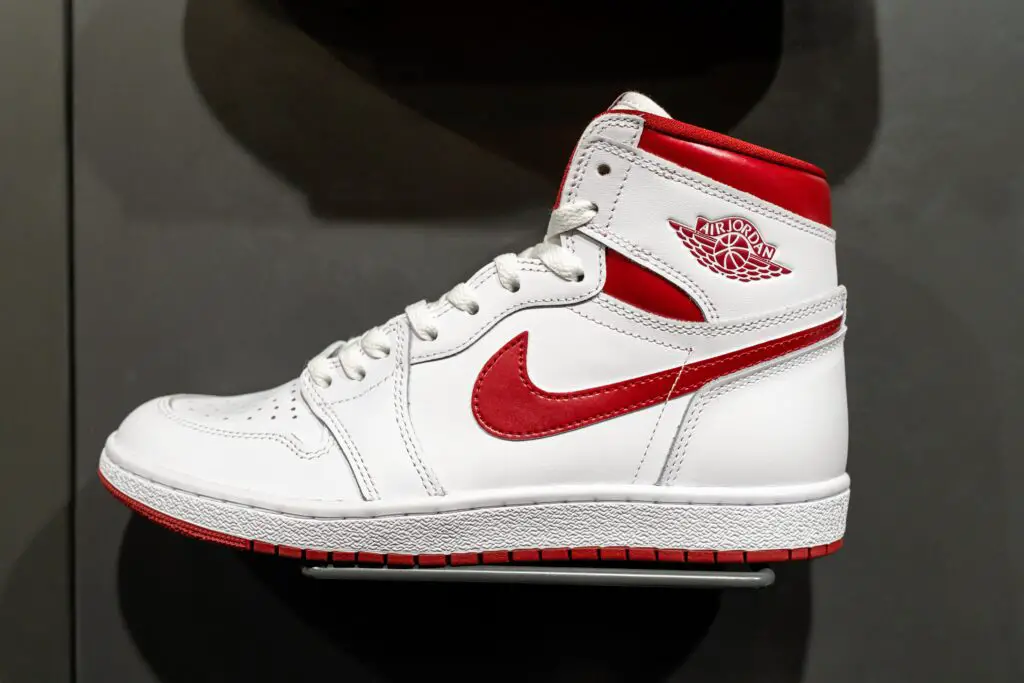
Nike’s “Just Do It” slogan didn’t appear until the late ’80s, but its roots can be traced back to the ’60s, a decade of pushing boundaries and challenging norms. The slogan itself captures the spirit of the ’60s perfectly—do what feels right and push forward, no matter what. The counterculture of the ’60s was all about rejecting limitations, and this message was in line with that mindset, even though it wouldn’t fully come to life until years later.
The phrase has since become one of the most iconic in advertising, but its origins can be found in the growing desire for empowerment during the ’60s. It encapsulated the idea of taking action, stepping out of your comfort zone, and pursuing greatness. Today, it remains one of the most enduring messages in sports marketing, still inspiring athletes and non-athletes alike to push themselves beyond their limits.
20. “Come Alive, You’re in the Pepsi Generation” – Pepsi
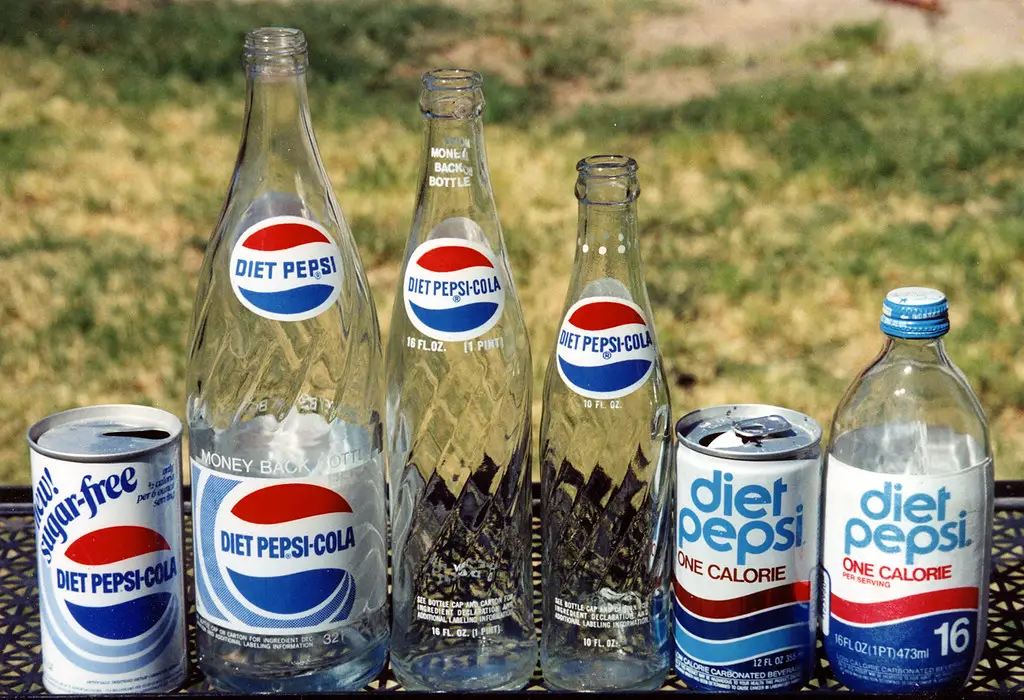
Pepsi’s 1960s slogan was aimed squarely at the youth, presenting the soft drink as the beverage of a dynamic, exciting generation. With the phrase “Come Alive,” Pepsi invited young people to be part of something bigger than just a product—it was about embracing the vibrancy of the time. The slogan was a reflection of the energy and optimism that defined the ’60s, and it resonated with a generation that was eager to be seen as different from those who came before.
The “Pepsi Generation” slogan was all about positioning the brand as youthful, fresh, and ready to challenge the establishment. Pepsi was tapping into the rebellious spirit of the ’60s, when young people were creating new social movements and rejecting the norms of their parents’ generation. By aligning itself with the counterculture, Pepsi became more than just a drink—it became a symbol of youthful rebellion and vitality.
